Are you considering getting an Afghan Hound as a pet? If you are, you are in for a treat. These elegant and regal dogs are known for their beauty, grace, and loyalty. Originally bred for hunting in Afghanistan, Afghan Hounds are now popular pets all over the world. They are affectionate and make great companions for those who are willing to put in the time and effort to care for them properly. While they may require a bit more maintenance than some other breeds, the rewards of owning an Afghan Hound are well worth it. In this article, we’ll take a closer look at what to expect when bringing an Afghan Hound into your home.
Breed Category: Hound
Country of Origin: Afghanistan
Average Size:68-74 cm (male), 63-69 cm (female)
Average Weight:25-34 kg (male), 20-29 kg (female)
Average Life Span: 12-14 years
Grooming Requirements: High
Exercise Requirements:High
History and Origin
The Afghan Hound is a breed of dog that is known for its long, silky coat and regal appearance. This breed has a rich history that dates back thousands of years, and it is believed to have originated in Afghanistan. The Afghan Hound was originally bred for hunting, and it was used to track down game in the rugged terrain of the Afghan mountains. Over time, the breed became popular in other parts of the world, and it is now a beloved companion animal for many people.
The exact origins of the Afghan Hound are not known, but it is believed that the breed is one of the oldest in the world. Some experts believe that the Afghan Hound is a descendant of the Saluki, which is another ancient breed of dog that is native to the Middle East. Others believe that the breed is a descendant of the Tazi, which is a type of hunting dog that is still used in Afghanistan today. Regardless of its exact origins, the Afghan Hound has a long and fascinating history that is worth exploring.
The Afghan Hound was first introduced to the Western world in the early 20th century, when British soldiers brought them back from Afghanistan after the First World War. The breed quickly gained popularity in Europe and North America, and it was soon recognized by the American Kennel Club in 1926. Since then, the Afghan Hound has become a popular show dog and companion animal, and it is known for its elegant appearance and gentle temperament.
One of the most distinctive features of the Afghan Hound is its long, flowing coat. This coat is made up of fine, silky hair that requires regular grooming to keep it in good condition. The coat comes in a variety of colors, including black, cream, and red, and it can be either solid or patterned. The Afghan Hound also has a long, narrow head and a slender, muscular body that is built for speed and agility.
Despite its regal appearance, the Afghan Hound is a friendly and affectionate breed that makes a great family pet. However, it does require a lot of exercise and attention, and it may not be the best choice for first-time dog owners. The breed is also prone to certain health problems, such as hip dysplasia and eye disorders, so it is important to choose a reputable breeder and to have your dog regularly checked by a veterinarian. <br
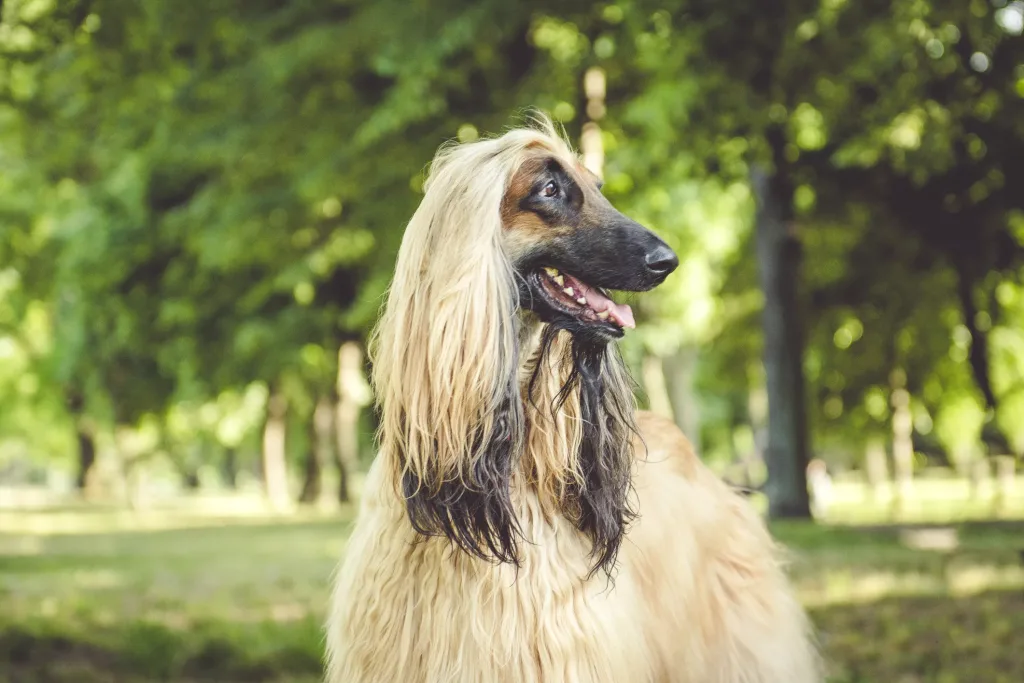
Size and Breed Category
The Afghan Hound is a large breed of dog that is known for its elegant and regal appearance. They are typically between 61-74 cm in height and can weigh anywhere from 20-30 kg. Their long, silky coat is one of their most distinctive features and comes in a variety of colours including black, cream, and red. Despite their size, Afghan Hounds are known for their agility and speed, making them excellent hunters and competitors in dog shows. They are also known for their independent nature and can be quite stubborn at times.
The Afghan Hound falls into the sighthound category, which means they were originally bred for hunting by sight rather than scent. They are one of the oldest dog breeds in existence, with evidence of their existence dating back to ancient Egypt. Due to their history as hunting dogs, Afghan Hounds have a strong prey drive and may not be suitable for households with small pets. They are also known for their loyalty and affection towards their owners, making them a popular choice for families who are looking for a loyal and devoted companion.
Fur Length and Colour
The fur of the Afghan Hound is one of its most distinctive features. It is long and silky, with a fine texture that is soft to the touch. The fur can grow up to six inches in length, and it is particularly thick around the neck and shoulders. The fur is also slightly wavy, which gives it a graceful and flowing appearance when the dog is in motion. The colour of the fur can vary widely, but it is typically a combination of shades of cream, fawn, and black. Some Afghan Hounds have a solid colour, while others have a patterned or brindle coat. The fur is also often highlighted with darker or lighter shades, which adds depth and dimension to the coat.
The Afghan Hound’s fur is not only beautiful, but it also serves a practical purpose. The thick, long fur helps to protect the dog from the harsh climate of its native Afghanistan. The fur provides insulation against the cold, and it also helps to keep the dog cool in hot weather by providing shade and allowing air to circulate around the body. The fur also helps to protect the dog’s skin from the sun and from scratches and cuts when running through rough terrain. However, the long fur requires regular grooming to prevent matting and tangling, and to keep it looking healthy and shiny.
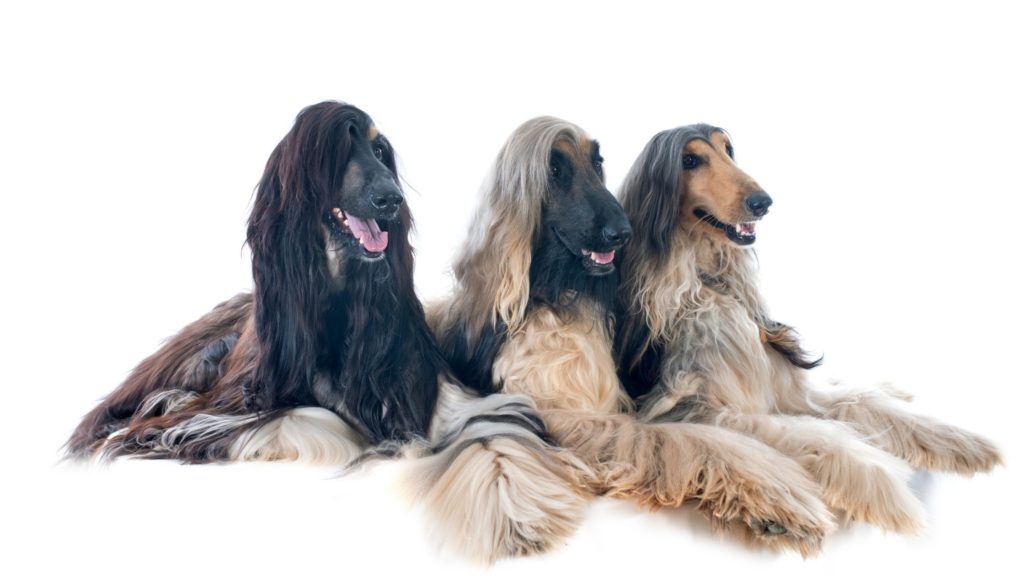
Termperament and Trainability
Afghan Hounds are known for their independent and aloof temperament. They are not typically affectionate or cuddly dogs, preferring to maintain their own space and interact on their own terms. This can make them challenging pets for those who are looking for a more interactive and responsive companion. However, Afghan Hounds are also known for their intelligence and problem-solving abilities. They are quick learners and can be trained to perform a variety of tasks, from basic obedience to more advanced tricks and agility courses. With patience and consistency, Afghan Hounds can become well-behaved and obedient pets.
When it comes to trainability, Afghan Hounds can be both a joy and a challenge to work with. They are highly intelligent and can quickly pick up on new commands and tricks. However, they can also be stubborn and independent, making it important to establish clear boundaries and expectations from the beginning. Positive reinforcement techniques, such as treats and praise, tend to work best with Afghan Hounds, as they respond well to rewards and positive feedback. Consistency and patience are key when training an Afghan Hound, as they can become easily bored or distracted if they feel that the training is not engaging or challenging enough. Overall, Afghan Hounds are trainable dogs that can excel in a variety of activities with the right approach and training.

Known Health Conditions
Afghan Hounds are prone to a number of health conditions, including hip dysplasia, which is a genetic condition that affects the hip joint. This can cause pain and discomfort, and in severe cases, can lead to arthritis. Another common health issue in Afghan Hounds is cataracts, which can cause vision impairment or blindness. This condition can be hereditary or develop as the dog ages. Additionally, Afghan Hounds are susceptible to allergies, which can cause skin irritation and itching. These allergies can be triggered by a variety of factors, including food, pollen, and dust.
Another health condition that Afghan Hounds are prone to is hypothyroidism, which is a disorder that affects the thyroid gland. This can cause a range of symptoms, including weight gain, lethargy, and hair loss. Additionally, Afghan Hounds are at risk of developing bloat, which is a life-threatening condition that occurs when the stomach fills with gas and twists on itself. This can cause a range of symptoms, including vomiting, abdominal pain, and difficulty breathing. Finally, Afghan Hounds are also at risk of developing heart disease, which can cause a range of symptoms, including coughing, difficulty breathing, and lethargy. Regular veterinary check-ups and preventative care can help to manage these health conditions and ensure that Afghan Hounds live long, healthy lives.
Openness to Strangers
Afghan Hounds have a reputation for being aloof towards strangers. This is partly due to their history as hunting dogs in Afghanistan, where they were bred to work independently and make decisions on their own. As a result, they can be wary of unfamiliar people and may take some time to warm up to them. However, once an Afghan Hound has established trust with someone, they can be very loyal and affectionate.
Despite their initial wariness, Afghan Hounds can be socialized to be more accepting of strangers. Early and consistent socialization can help them learn that meeting new people is a positive experience. It’s important to expose them to a variety of people, including children and those with different appearances and mannerisms. With patience and positive reinforcement, Afghan Hounds can learn to be more open to strangers and enjoy meeting new people.
Playfulness Level
The Afghan Hound is a breed that is known for its playful nature. They are energetic and love to play, making them a great companion for families with children. Their playful nature is also evident in their love for toys, and they will often spend hours playing with their favourite toys.
The Afghan Hound’s playful nature is not just limited to their love for toys. They are also known for their love of games, and they enjoy playing games with their owners. This breed is highly intelligent and loves to learn new things, making them great candidates for training and agility competitions. Their playful nature also makes them great companions for other dogs, as they love to play and socialize with other dogs. Overall, the Afghan Hound’s playful nature makes them a great addition to any family looking for a fun-loving and energetic companion.
Suitability as a Pet for Children
Afghan Hounds have a gentle and affectionate nature, making them a suitable pet for children who are able to handle their size and energy levels. They are known for their loyalty and love to be around their family, often following them from room to room. Afghan Hounds require regular exercise and grooming, which can be a great opportunity for children to learn responsibility and develop a bond with their pet. However, their independent nature may make them less suitable for very young children who require constant attention.
Exercise Needs
Afghan Hounds require a significant amount of exercise to maintain their physical and mental health. As a breed that was originally bred for hunting, they have a high energy level and need plenty of opportunities to run and play. A daily walk of at least an hour is recommended, but they will also benefit from additional exercise such as running, hiking, or playing in a securely fenced area. It is important to note that Afghan Hounds have a strong prey drive and should always be kept on a leash or in a secure area to prevent them from chasing after small animals.
In addition to physical exercise, Afghan Hounds also require mental stimulation to prevent boredom and destructive behavior. They are intelligent dogs that enjoy learning new things, so training sessions and interactive toys can be a great way to keep them mentally engaged. It is also important to provide them with plenty of socialization opportunities, as they can be aloof with strangers and other dogs if not properly socialized from a young age. Overall, providing adequate exercise and mental stimulation is essential for the health and happiness of Afghan Hounds.
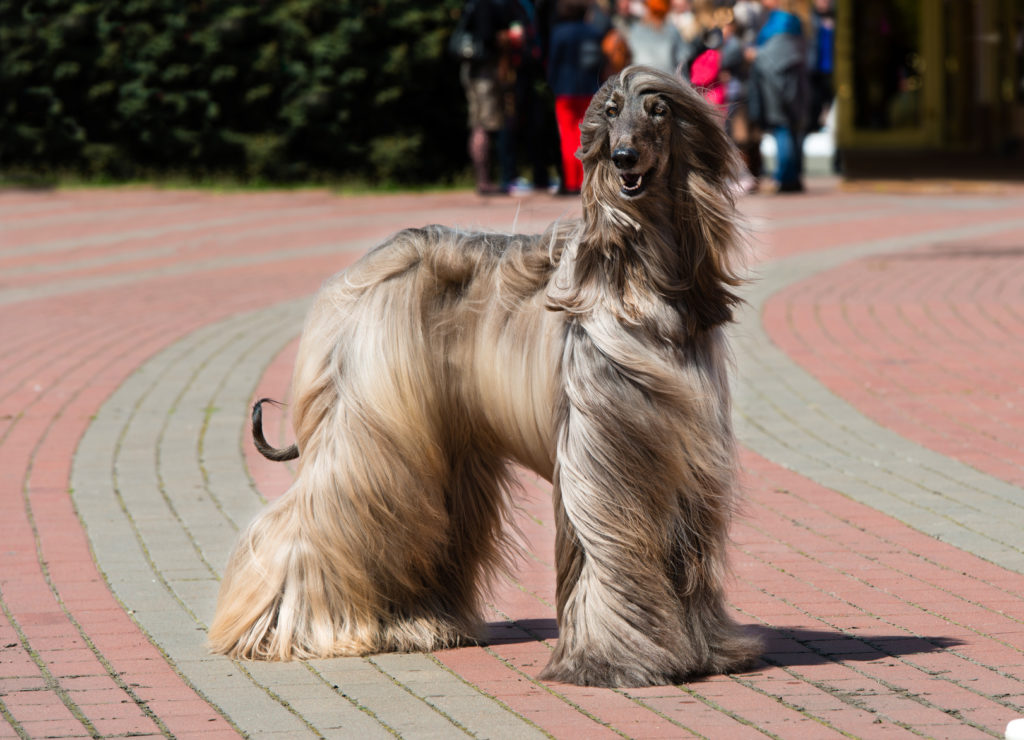
Suitability for a Multi-Pet Family
Afghan Hounds have a reputation for being independent and aloof. They were originally bred for hunting in the harsh terrain of Afghanistan, which may have contributed to their independent nature. However, this does not necessarily mean that they cannot get along with other pets. As with any breed, socialization and training are key factors in determining how well an Afghan Hound will interact with other animals. It is important to introduce them to other pets at a young age and to supervise their interactions to ensure that they are positive and safe.
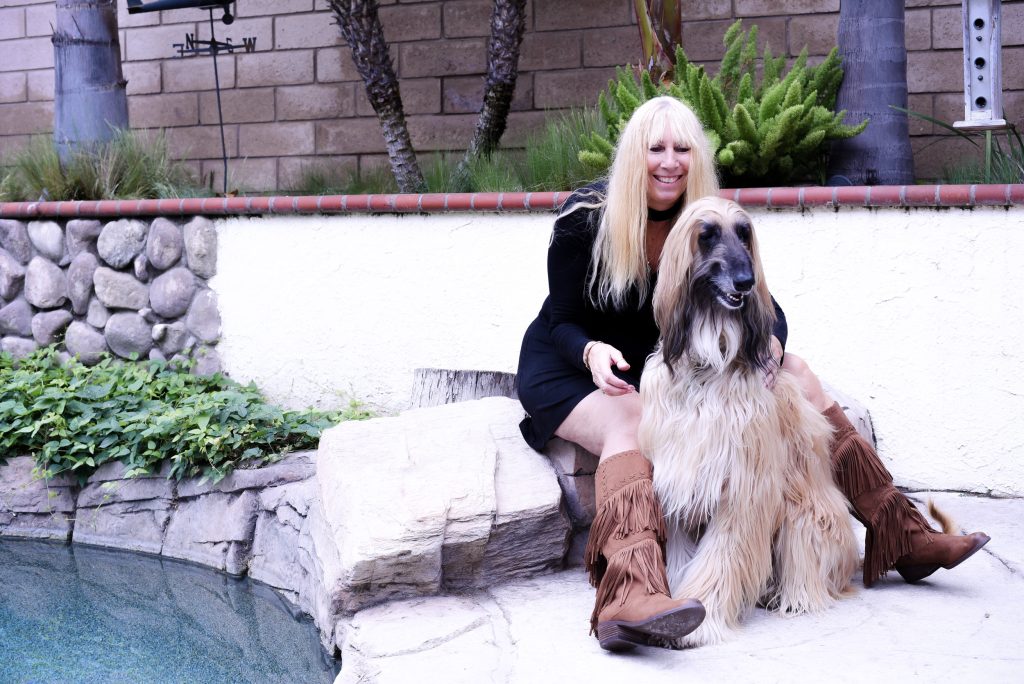
Housing Requirements
Afghan Hounds require a spacious living environment that allows them to move around freely. They are a breed that enjoys running and playing, so a large yard or garden is essential for their physical and mental well-being. The minimum recommended size for a yard is 6ft high and 100ft long, with a secure fence to prevent them from escaping. Additionally, they require a comfortable indoor space that is well-ventilated and temperature-controlled. Afghan Hounds have a thick coat that protects them from cold weather, but they are sensitive to heat and humidity. Therefore, their indoor space should be cool and airy, with access to fresh water at all times.
Afghan Hounds also require a comfortable sleeping area that is quiet and peaceful. They are a breed that values their privacy and independence, so a separate room or a quiet corner of the house is ideal. Their sleeping area should be clean and free from any potential hazards, such as sharp objects or toxic substances. Additionally, Afghan Hounds require regular grooming to maintain their long, silky coat. Therefore, their living environment should include a grooming area with appropriate tools and supplies. Regular grooming not only keeps their coat healthy but also strengthens the bond between the dog and their owner.
Summary
The Afghan Hound has a reputation for being an independent and aloof breed, which may not make them the best choice for a family pet. They require a lot of exercise and grooming, which can be time-consuming and expensive. Additionally, their prey drive can make them difficult to train and potentially dangerous around small animals. However, for experienced dog owners who are willing to put in the effort, the Afghan Hound can make a loyal and affectionate companion.
Afghan Hound Dog FAQS
Afghan Hounds can be stubborn and independent, making them more difficult to train than some other breeds.
Afghan Hounds are not well-suited for apartment living due to their high energy levels and need for exercise.
Afghan Hounds can be good with children, but they require socialization and training from a young age.
Afghan Hounds can get along with other pets if they are socialized from a young age, but they have a high prey drive and may chase smaller animals.
Afghan Hounds are prone to hip dysplasia, eye problems, and skin allergies.
Yes, Afghan Hounds shed a lot and require regular grooming to maintain their coat.
Afghan Hounds have a lifespan of 12-14 years.
An Afghan Hound typically weighs between 20-27 kg.
Afghan Hounds need at least 1-2 hours of exercise per day, including walks and playtime.
The average height of an Afghan Hound is 68-74 cm.
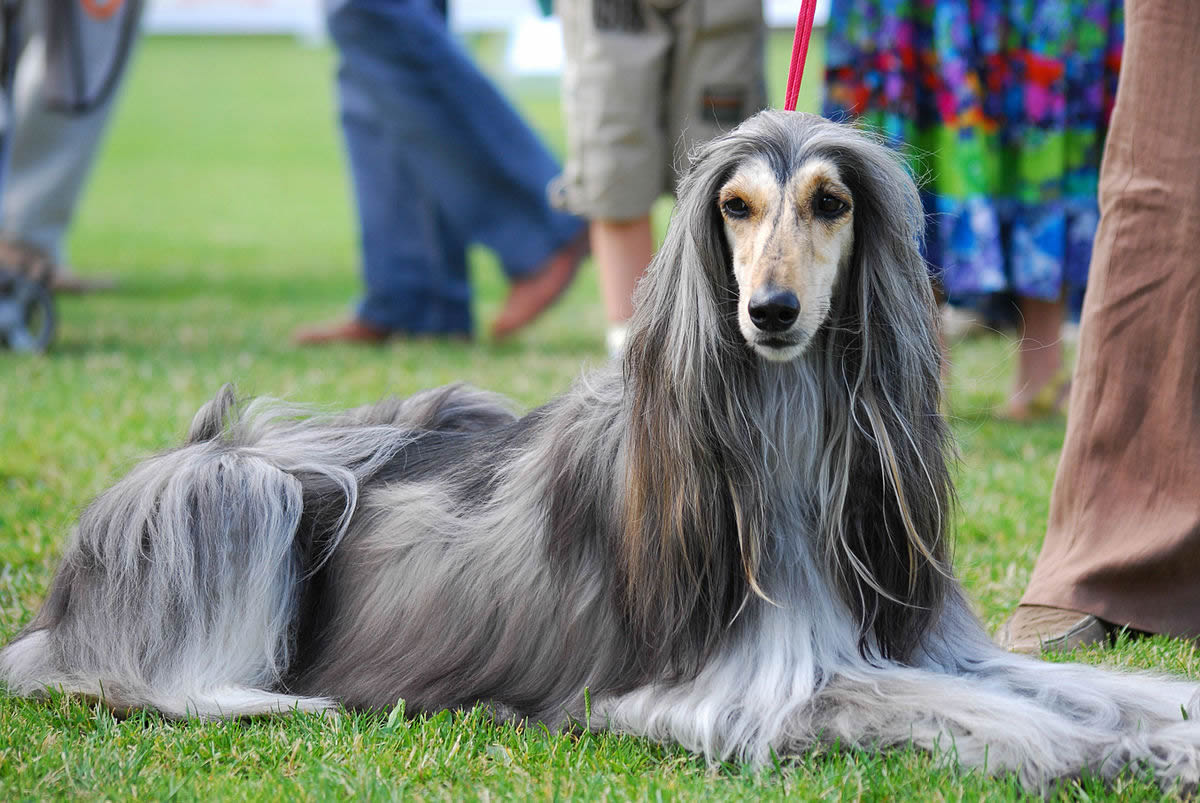
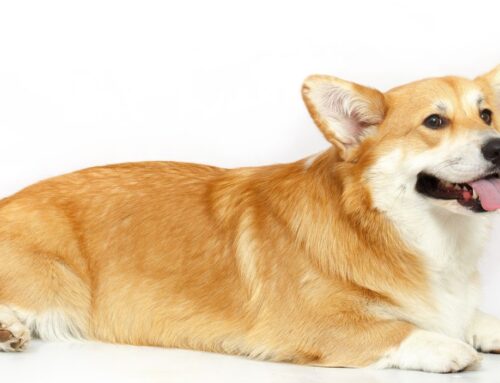

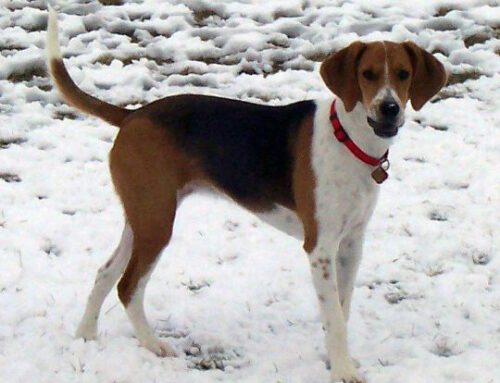
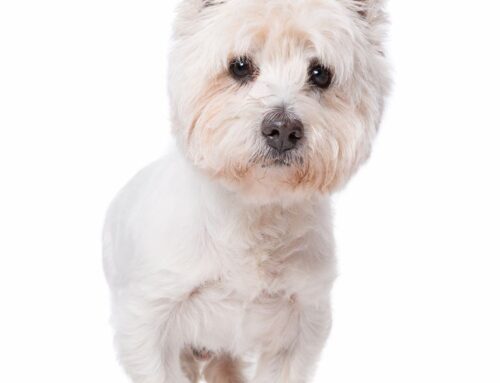

Leave A Comment